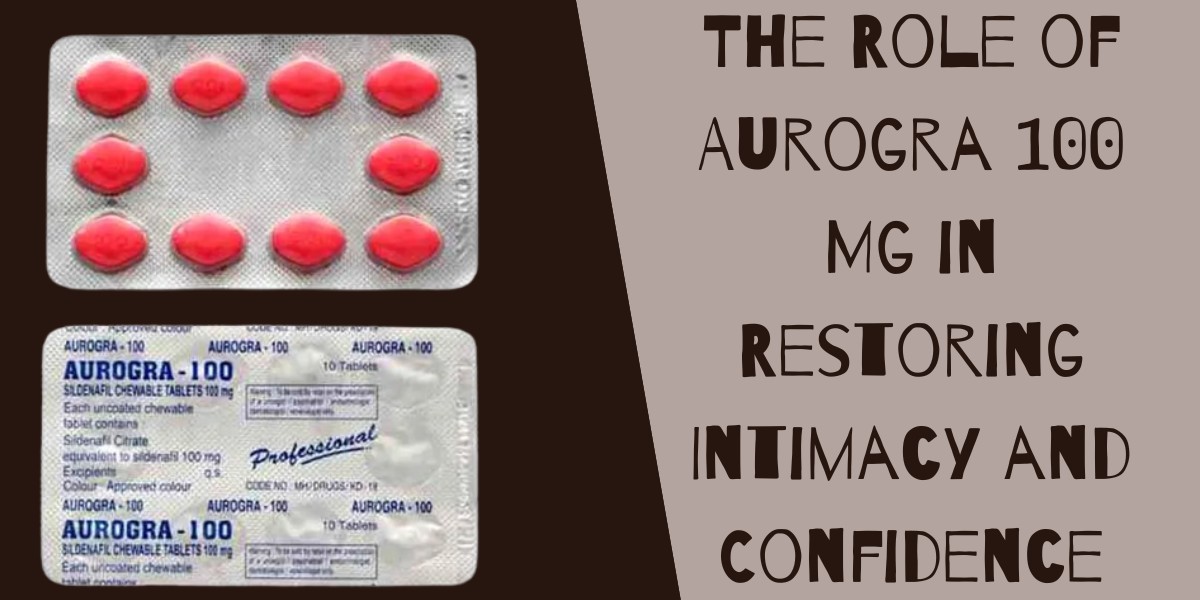Childhood rashes are a common concern for parents and caregivers, often leading to uncertainty and worry. Rashes can range from mild and temporary to more serious conditions that require medical attention. Understanding the risk factors for developing rashes in childhood can help parents recognize symptoms early, reduce the chances of developing skin problems, and seek appropriate treatment when necessary. While many childhood rashes are harmless, some may be indicative of an underlying health issue. This article explores the various risk factors that contribute to the development of rashes in children and how parents can manage them.

Sensitive Skin
Children, particularly infants and toddlers, have delicate skin that is more sensitive than that of adults. This makes them more prone to irritation and allergic reactions, which can manifest as rashes. Sensitivity to certain fabrics, laundry detergents, or even temperature changes can trigger a rash. Newborns, in particular, are often affected by conditions like baby acne or cradle cap, which are caused by hormonal changes or the presence of natural oils.
To protect sensitive skin, parents should opt for hypoallergenic soaps, shampoos, and detergents, and dress their children in soft, breathable fabrics to avoid skin irritation.
Allergies
Allergic reactions are a significant risk factor for the development of rashes in childhood. Common allergens include certain foods (such as peanuts, dairy, or eggs), pollen, pet dander, dust mites, and insect stings. When a child’s immune system reacts to these allergens, it can lead to skin symptoms such as hives (urticaria) or eczema.
Food allergies, in particular, can trigger rashes quickly, and they often require urgent medical intervention. Parents should work with a pediatrician to identify potential allergens and avoid exposure. If your child is prone to allergic reactions, consider keeping antihistamines on hand, and always be prepared to seek emergency medical care if necessary.
Infections
Infections are one of the most common causes of rashes in children. Both viral and bacterial infections can lead to skin rashes, sometimes accompanied by other symptoms like fever, fatigue, or vomiting. For example:
- Viral Infections: Childhood illnesses like chickenpox, measles, rubella, and roseola are often marked by distinct rashes. These rashes usually appear along with other signs of infection, such as fever or sore throat.
- Bacterial Infections: Impetigo, a highly contagious skin infection caused by bacteria, can lead to red sores that rupture and form a yellowish crust. This condition is most common in preschool and elementary-aged children.
Infections that cause rashes can spread easily among children, especially in group settings like schools and daycare centers. Prompt medical treatment can help prevent complications and reduce the risk of transmission.
Environmental Factors
Children are more susceptible to environmental factors that can irritate their skin. Sunburn, hot weather, excessive sweating, and even cold weather can cause rashes like heat rash or sunburn. Heat rash, also known as prickly heat, occurs when sweat gets trapped in the sweat glands and causes small, red bumps to appear on the skin. Sunburn can damage the skin and lead to painful, inflamed rashes.
To reduce the risk of rashes caused by environmental factors, parents should dress children appropriately for the weather, use sunscreen, and make sure children stay hydrated. During extreme weather conditions, it’s also important to keep children indoors to prevent overheating or frostbite.
Family History of Skin Conditions
A family history of skin conditions, such as eczema (atopic dermatitis), psoriasis, or rosacea, can significantly increase a child’s risk of developing similar rashes. Eczema is particularly common in children and is often characterized by red, itchy patches of skin. Children with a family history of asthma or allergies are also more likely to develop eczema.
It’s important for parents with a family history of these conditions to be vigilant in recognizing early signs of rashes. With proactive management, including the use of moisturizers and prescribed medications, many skin conditions can be controlled, allowing children to lead comfortable lives.
Contact with Irritants
Children are often exposed to a variety of irritants that can lead to skin rashes. These irritants may include chemicals, insect bites, certain plants (like poison ivy or poison oak), or harsh soaps. In some cases, contact with certain foods can also cause rashes, particularly in babies just starting solid foods. Diaper rashes are another common issue for infants, often caused by prolonged contact with urine or feces in a dirty diaper.
To prevent rashes from irritants, it’s essential to carefully monitor your child’s environment. If your child is allergic to certain substances or irritants, avoid exposure as much as possible. Regularly changing diapers, using barrier creams, and bathing your child with gentle, fragrance-free products can help protect their skin.
Immune System Dysfunction
A weakened or overactive immune system can increase a child’s risk of developing rashes. Conditions like autoimmune disorders or immune deficiencies can affect the body’s ability to fight off infections or regulate inflammation, leading to various types of rashes. For instance, conditions like lupus or juvenile rheumatoid arthritis may present with rashes as one of the first symptoms.
If your child experiences frequent or unexplained rashes, especially in conjunction with other symptoms like joint pain or fatigue, it may be a sign of an underlying immune system disorder. In such cases, seeking medical advice from a pediatrician or dermatologist is essential for proper diagnosis and treatment.
Medication Side Effects
Certain medications, such as antibiotics or antifungal drugs, can cause allergic reactions or rashes as side effects. These rashes can vary in severity, from mild redness or hives to more serious conditions like Stevens-Johnson syndrome, which requires immediate medical attention. If your child develops a rash after starting a new medication, consult with your doctor promptly to determine if it is a side effect of the drug.
Conclusion
Rashes are a common and often unavoidable part of childhood. While many rashes are benign and resolve on their own, it’s important to recognize the various risk factors that contribute to the development of rashes in children. Sensitive skin, allergies, infections, environmental factors, and family history all play a role in a child’s susceptibility to rashes. By understanding these risk factors and knowing when to seek medical care, parents can help their children stay comfortable and healthy. If you’re unsure about your child’s rash or if it’s accompanied by other concerning symptoms, don’t hesitate to consult with a healthcare provider or dermatologist for professional guidance.
FAQs
What are the most common types of rashes in children?
Common childhood rashes include eczema (atopic dermatitis), diaper rash, hives, heat rash (prickly heat), chickenpox, and impetigo. These rashes can vary in appearance and severity, but most are treatable with the right care.
How can I tell if my child's rash is serious?
If the rash is accompanied by fever, blisters, swelling, or pain, or if it spreads quickly, it may indicate a more serious condition like a viral infection or allergic reaction. If you're unsure, it's best to consult a pediatrician or healthcare professional for an evaluation.
What causes diaper rash, and how can I treat it?
Diaper rash is typically caused by prolonged exposure to moisture, friction, or irritation from diapers. To treat it, keep your baby’s skin clean and dry, change diapers frequently, and apply a diaper rash cream or ointment to protect the skin.
How can I prevent my child from getting rashes from allergies?
Avoiding known allergens, such as certain foods or environmental triggers like pollen or pet dander, is key to preventing rashes caused by allergies. You can also use allergy medications like antihistamines to reduce symptoms, but consult with a pediatrician for advice on proper treatment.
When should I see a doctor for a rash?
If your child's rash is severe, spreading rapidly, or causing significant discomfort, it's important to seek medical attention. Additionally, rashes that are accompanied by high fever, difficulty breathing, or a change in behavior should be evaluated immediately by a healthcare professional.



